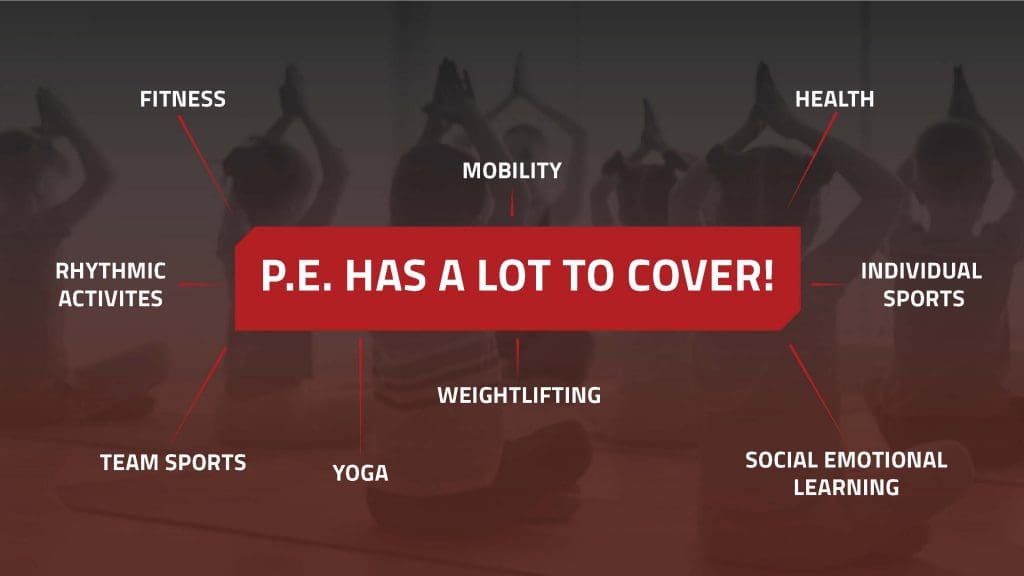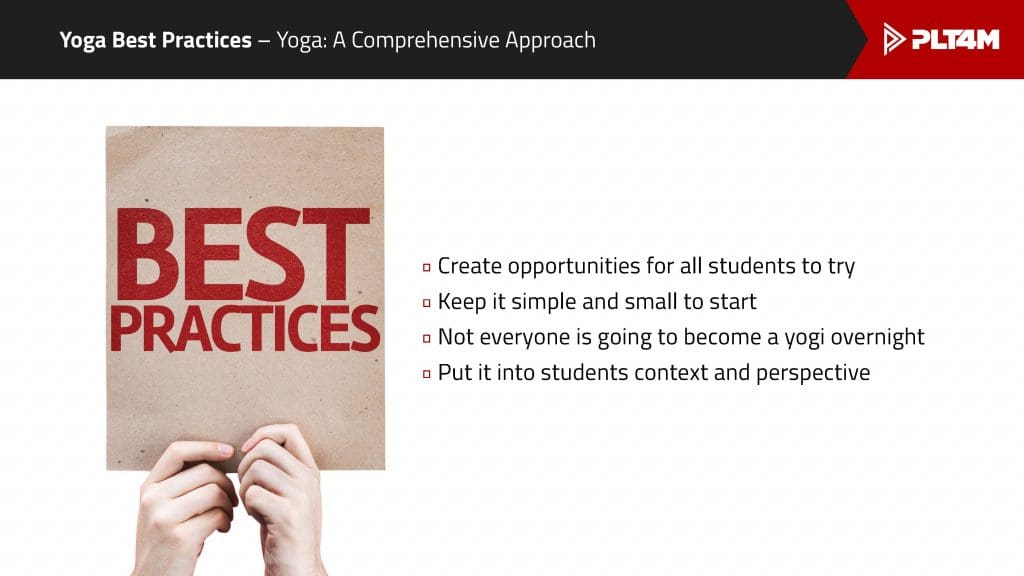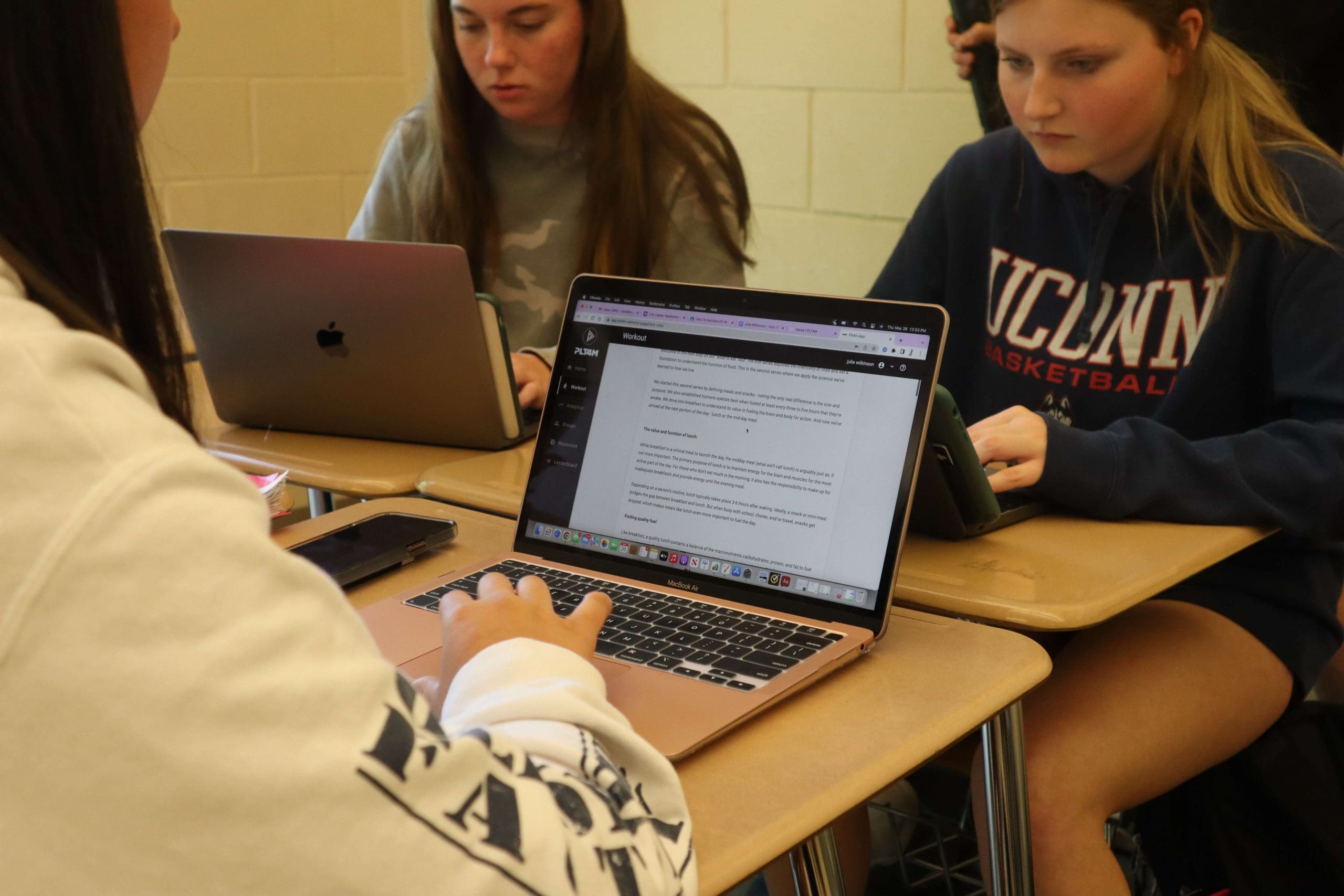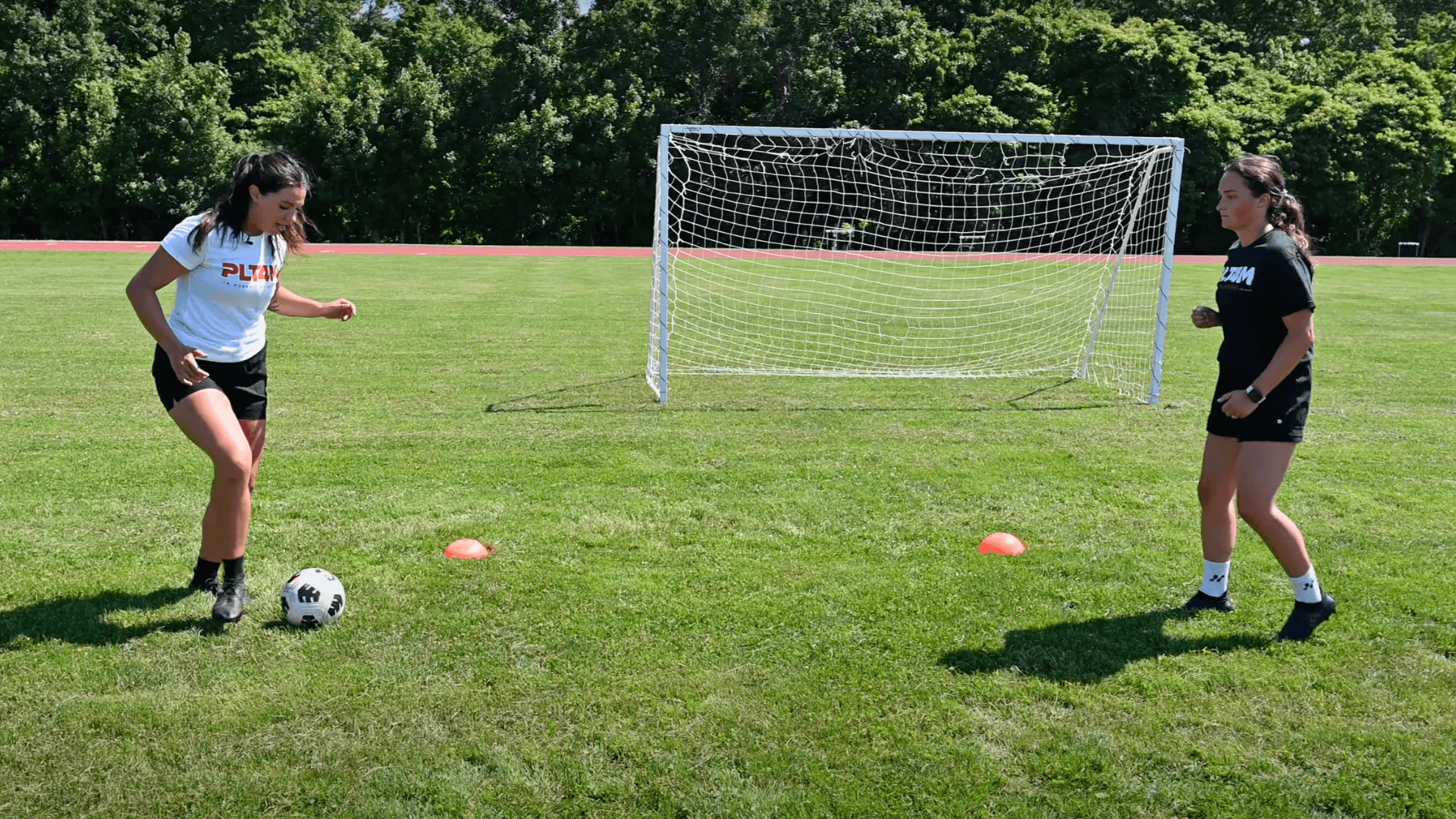When we imagine ways to improve a student’s life, we think of simple steps to impact their overall well being. As we look for new avenues to make a difference, we should consider the importance of yoga for students and the opportunity to create a lasting difference.
What are the benefits of yoga for students?
Yoga has a whole host of benefits to help improve daily life for students. Regular yoga practice can help individuals improve both their physical health and mental health.
Physical Health Benefits Include:
- Greater balance, strength, endurance, and flexibility
- Better body awareness and body posture
- Improved breathing techniques
Mental Health Benefits Include:
- Higher self esteem
- Lower stress levels
- Clarity and peace of mind
- Better attention span and focus

What is the importance of yoga education?
Before students can reap the benefits of yoga, they must be introduced to the practice of yoga. The role of yoga education is to equip students with skills so that they have the confidence to continue yoga on their own.
Not every student needs to consider themself a ‘yogi,’ but schools can incorporate yoga education into a student’s life so that they have the tools to continue practicing this form of exercise outside of school.
20 Popular Yoga Poses For Students
Get the Yoga Starter Pack fully equipped with video and written instructions to teach students the top 20 foundational yoga poses.
Why isn’t there more yoga in schools?
And while the benefits and importance of yoga are widely accepted there is a lack of yoga for in the classroom. Every so often the school might be able to bring in a yoga teacher, but it often is not a consistent offering for students.
And while many physical education teachers embrace the importance of yoga and meditation in students lives, they typically don’t know where to start.

When is the right time to introduce yoga in school?
There is no wrong time! Yoga classes can fit any level as long as the objectives for yoga education are age appropriate!
Yoga for young children will have a different look and feel than that of high school yoga. And that is okay!
Yoga For Elementary Students
Start small when introducing yoga in elementary schools. Yoga at this age should be a chance for students to have fun and explore.
You can incorporate basic components of yoga in as little as a few minutes. And for your young children, that is probably all they will have the attention span for. In a short ‘brain break’ of class, you have the time to introduce a few yoga poses or do a simple breathing exercise.
While students might just see it as a fun physical activity, they are learning all sorts of skills that promote body awareness and wellness.
Yoga Resources For Elementary School Teachers
Yoga For Middle School Students
At this point, you still don’t need to rush into all sorts of complicated yoga workouts. The basics will still benefit middle school students.
Anyone who has spent time working with middle school students knows how much this age group struggles with body awareness. Taking time to develop and add to a full library of yoga poses can boost self-esteem at the middle school level. But it takes time!
Use the 6 foundational yoga elements of standing, twisting, balancing, spine, core, and hips to start to introduce the fundamentals. Within these 6 categories you can help students to both see and feel what good technique and form looks like for individual movements, before adding them to long and complicated workouts.
Yoga Resources For Middle School Teachers
Yoga For High School Students
At the high school level, yoga can closer match what is offered in the community. Here is where students really want to explore different types of yoga that might be offered at the YMCA, local studio, or even online.
One of the most common styles of yoga worth introducing at the high school level is vinyasa yoga. Vinyasa yoga connects different poses and postures together through breath.
With any yoga at the high school level, it is still important to remember that most students have never gone to a formal yoga class. You might be eager to get into advanced yoga, but students will have just as much fun with doing the basics and feeling confident in their skills.
Yoga Resources For High School Teachers

Avoidable pitfalls in teaching students yoga
There is no one way to teach yoga! And more importantly, there is no way you can teach everything that yoga has to offer in one class, one week, or even year.
Often times, teachers try to cover everything yoga has to offer. They study yoga articles and videos and want to hit every pose, posture, and breathing technique.
Instead of trying to expose students to every element of yoga, make it fun and enjoyable so they want to come back for more! That is where you have the chance to help students explore the long term benefits of yoga.
20 Popular Yoga Poses For Students
Get the Yoga Starter Pack fully equipped with video and written instructions to teach students the top 20 foundational yoga poses.
Key takeaways on educational yoga
When students practice yoga, they have the potential to improve academic performance, mental health, and their overall well being.
To help students add in regular yoga practice to their lives, they have to start somewhere. If not in school, many students will never get the chance to explore the benefits of yoga.
Yoga in schools can help to improve the lives of students. There are many schools already embracing the importance of yoga for students, and the future is bright for yoga and education.
Still not convinced? Watch this awesome webinar breaking down how yoga can become a comprehensive part of our education system.
FAQs
Is yoga a religion?
No, yoga is not a religion.
While it has been connected to religions like Hinduism and Buddhism in the past, there are many branches of yoga practice that have no religious affiliation.
Is yoga considered a challenging workout?
Yoga is as challenging as you choose to make it!
Many people like yoga because of the ability to modify and adjust based on personal goals and needs. The scaling options are endless!
Is yoga good for my athletes?
Yes, yoga is great for your athletes!
The benefits of yoga for athletes are endless! It is a great form of low impact cardio. It helps address issues of chronic pain.
Don’t believe us? You will see some of the top athletes in the world doing regular yoga practice on social media.










